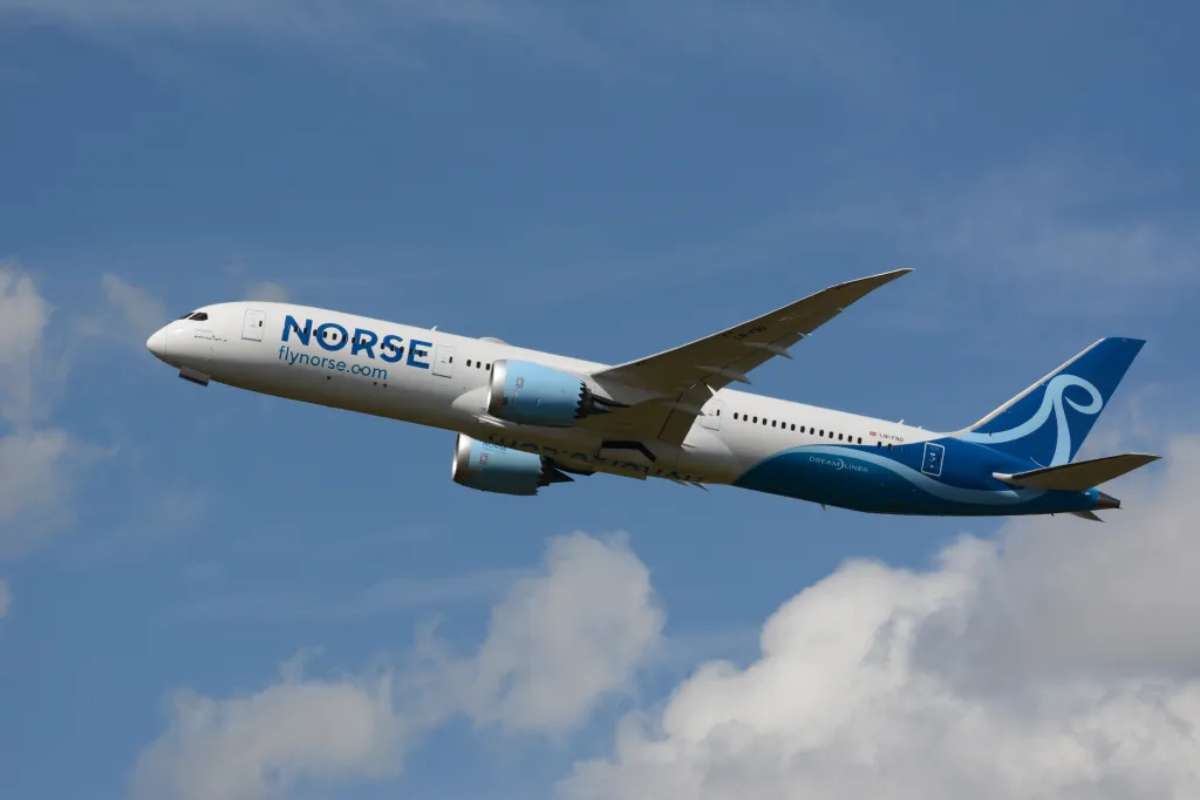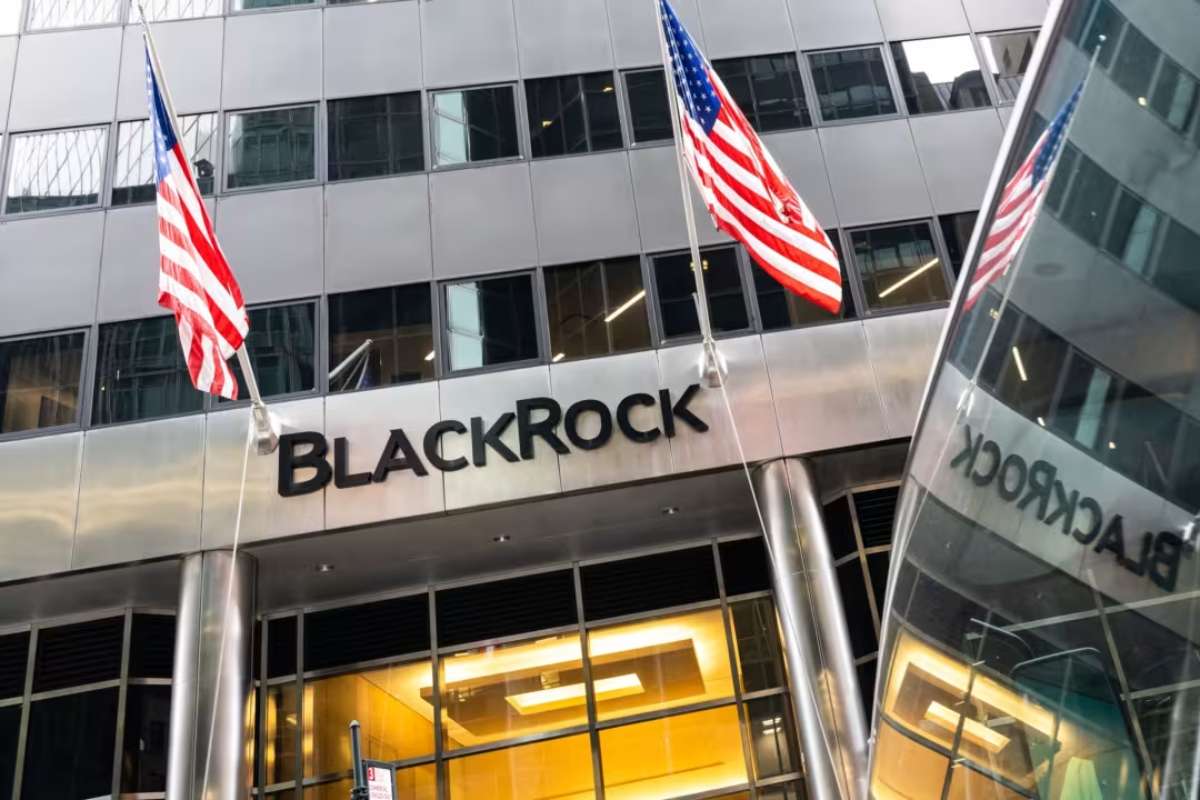In a significant stride toward its ambitious internet connectivity project, Amazon successfully launched the second batch of its Project Kuiper satellites into low Earth orbit (LEO) on Monday. A United Launch Alliance (ULA) Atlas V rocket carrying 27 satellites lifted off from Cape Canaveral Space Force Station in Florida at 6:54 a.m. ET, as confirmed during a livestreamed broadcast. Ben Chilton, an ordnance engineer at ULA, heralded the event, describing it as the continuation of “a new chapter in low Earth orbit satellite connectivity.”
This mission had faced two prior delays due to adverse weather conditions and an issue with the rocket booster. Despite these setbacks, Monday’s successful deployment adds to Amazon’s growing efforts to build a constellation of broadband-beaming satellites designed to provide global internet access. The launch marks Amazon’s second deployment of 27 Kuiper satellites, with the first mission taking place in April this year.
Project Kuiper: Amazon’s Answer to Starlink
Project Kuiper, first announced by Amazon six years ago, is the company’s ambitious response to the growing demand for satellite-based internet services. The initiative directly targets competition with SpaceX’s Starlink, which currently leads the sector with an operational network of around 8,000 satellites. Unlike traditional internet infrastructure, which is often limited in remote and underserved regions, LEO satellites can deliver high-speed internet globally, including in rural and hard-to-reach areas.
The two recent Kuiper launches bring Amazon’s current count to 54 satellites in orbit. These are part of a much larger plan to deploy a total of 3,236 satellites. The strategic goal is to create a robust and competitive satellite internet network that can rival Starlink’s widespread presence and capabilities.
Race Against Time and Starlink
Amazon faces a crucial timeline to realize its vision. As mandated by the U.S. Federal Communications Commission (FCC), the company must launch at least half 1,618 of its planned satellite constellation by July 2026. To meet this deadline, Amazon has made significant logistical preparations, booking over 80 future launches across multiple providers. Interestingly, this includes launch agreements even with rival SpaceX, highlighting the intense yet interconnected nature of the commercial space race.
While Starlink has already established a dominant market presence, Amazon is banking on its global infrastructure, brand reputation, and long-term strategy to make Project Kuiper a formidable competitor. With this latest launch, Amazon has demonstrated its readiness to play a more active role in the satellite internet domain, setting the stage for a high-stakes battle in space-based broadband services.
As Project Kuiper gains momentum, the rivalry between Amazon and SpaceX promises to reshape how internet access is delivered across the globe, bringing new levels of connectivity to billions while intensifying the competition in the commercial space sector.











